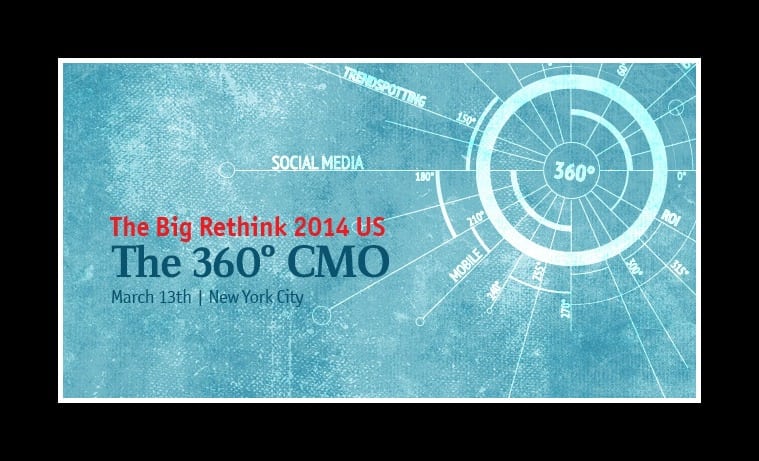 It’s time to ditch the office. It’s time to have more control over your brain as you work, and the best way to do that is to work from home. Over the past 3 years we’ve been tracking how our clients, executives in senior leadership, sales, marketing, finance, operations, improve performance in three key areas by working from home .5 to 2 days per week.
It’s time to ditch the office. It’s time to have more control over your brain as you work, and the best way to do that is to work from home. Over the past 3 years we’ve been tracking how our clients, executives in senior leadership, sales, marketing, finance, operations, improve performance in three key areas by working from home .5 to 2 days per week.
The results are surprising. The secret is to forge these new positive habits when working from home, then bring the benefits to the workplace.
1-Make Better Decisions—Faster
40 = the number of hours per week that companies expect people to be strong decision-makers
3-5 = the actual number of peak decision-making hours that people report
You make better decisions when you have a chance to reflect on all aspects of what needs to be considered—and not when you have the proverbial gun to your head. As we know from meta programs, if you’re on the reflective end of the Active-Reflective continuum, this is even more crucial. When you are insulated from interruptions and can control your environment you make better decisions, because you brain experiences less stress.
Speaking of stress, let’s consider the massive amount of uncertainty that exists in today’s workplace. Thanks to Harvard Medical School research we now know that 75% of people in uncertain scenarios will make decisions based on fearful assumptions—they are expecting something bad to happen. The result is decisions that are risk-mitigation and pain avoiding, with little or no strategic vision in mind. Vision isn’t possible because fear shuts down the prefrontal cortex, so we have no access to our innovative, problem solving, planning parts of our brain.
Client result:
- 300% increase in hours of peak decision making time each week- based on training their brain in managing their emotional state.
2-Design Better Strategies and Solutions–Faster
10% share of people who do their best thinking at work
39% share of people who do their best thinking at home
In the relentless pursuit to be strategic, extract and demonstrate value, and provide optimal solutions all the time, the workplace is a continuous pressure cooker. This means the brain is often in fear and disaster prevention instead of in analysis and designing the outcomes we want. What happens on our best day? How did Einstein form strategies and solutions? When asked how he created his theory of relativity he said first he felt it, then he saw it, then he could articulate it. He let his mind wander, have visions, form connections, then he formulated the visions into something he could tangibly communicate.
Einstein also said “Imagination is everything. It is the preview of coming attractions.” We need to engage the emotional brain by seeing, hearing, feeling ourselves standing in the future when the strategy is being executed. How is it going? How are people feeling? Are they embracing it? What’s working? What’s not? Now take this learning and ask yourself what you need to adjust right now, before you lock in and launch the strategy.
As leaders the more we balance the logical (prefrontal cortex) planning part of the brain with the emotional (mammalian) area of the brain the more effective our strategies will be.
Client result:
- 200-400% increase in the quality of strategies – by giving their brains space to feel into the future before a strategy is deployed.
- 73-97% increase in ability to influence outcomes/others – due to more time to thoughtfully craft communications.
3-Increase Focus and Have More New Ideas
Ever had the feeling that something isn’t quite right, but you can’t quite put your finger on it? That’s the intuitive part of our brain, the insula, at work. This is why we often have great ideas when on vacation, or when shooting hoops or hiking in nature. Our brain is wandering, forming connections, resolving incongruencies, testing out theories. Working from home enables more vision time. Many of our most successful clients allocate one half to one full day per week (Fridays are best) for Vision Time. This is where they let their brains wander, and countless new products, strategies, alliances have resulted.
Our clients that allow Vision Time or even Vision Retreats (solo time in nature for a weekend) consistently crank out market-leading products, ideas competitors haven’t had, and innovative approaches to leverage assets and efficiencies. Give your brain a break and see the great insights that come from it.
Client results:
- 300-500% increase in innovation across the company when they first followed this process themselves, then taught their teams.
- 20-47% weekly increase in time on high value activities – due to reduced distractions and drama of the workplace
So working at home makes us faster, better, and heck, it’s even cheaper.
Christine Comaford (@comaford) is a neuroscience-based executive coach that helps leaders build cultures of trust and high performance.
Statistics Sources:
#1 above: 40 and 3-5 from Neuroleadership Institute; 75% from Harvard Medical School
#2 above: 10% and 39% from Neuroleadership Institute
All other statistics from SmartTribes Institute clients






